According to The New York Times, Professor Peter Lax, one of the most influential mathematicians of the 20th century, who laid the foundation for scientists to use computers to solve technical problems during the Cold War - from weapon manufacturing, aircraft design to natural disaster prediction - passed away on May 16 at his home in Manhattan (USA), at the age of 99. His son, Dr. James D. Lax, confirmed the information and said the cause of his father's death was related to heart disease.
Born in Budapest, Hungary, Professor Peter Lax quickly established himself as a mathematical prodigy from an early age. Under the guidance of mathematician Rózsa Péter - the founder of recursion theory - he soon became associated with the prestigious Jewish-Hungarian mathematician community, and demonstrated outstanding talent in national mathematics competitions.

Professor Peter Lax is considered one of the most influential mathematicians of the 20th century. (Photo: Norwegian Academy of Science and Letters.)
In 1941, in the face of anti-Semitism in Hungary, then an ally of Nazi Germany, his family emigrated to the United States with the help of the American consul in Budapest, a patient of his father. In New York, Peter, then 15, quickly became part of a community of immigrant mathematicians, including Richard Courant, who would become an important teacher and mentor in his life.
At the age of 18, Peter Lax was drafted into the US Army and worked on the Manhattan Project at Los Alamos in 1945. There, he participated in calculating complex arithmetic reactions for the development of the atomic bomb.
After the war, he received his doctorate from New York University and became a professor there. As a researcher and later director of the Courant Mathematics Institute (1972-1980), Professor Lax was a strong promoter of the application of computers to applied mathematics and engineering sciences.
In 2005, he became the first applied mathematician to be awarded the Abel Prize, one of the most prestigious awards in mathematics, considered the Nobel Prize of the field. The award recognized his groundbreaking contributions to the field of partial differential equations - the mathematical foundation for describing the motion and flow of objects.

Professor Lax in his office at New York University in 2005. (Photo: The New York Times)
Among his greatest theoretical contributions were the Lax equivalence principle, the Lax-Milgram lemma, and the Lax pair—concepts that are still widely used in wave research, aerodynamic design, and weather prediction. He also co-created the Lax-Phillips scattering theory—a powerful tool for analyzing how waves travel and are scattered.
Not only did he do research, Professor Lax also played a role in establishing science and technology policy in the United States. He was President of the American Mathematical Association (1977-1980) and a member of the US National Science Council (1980-1986). In 1982, he was the author of the "Lax Report" - an important document that shaped the US's research strategy with high-performance computers, influencing both the civilian and military sectors.
Throughout his life, Professor Lax was not only a brilliant mathematician but also an inspirational person.
A little-known fact: he also writes poetry in English and Hungarian. In a 1999 paper, he summarized a mathematical result in a poem.
Despite living in turbulent and conflict-filled times, Peter Lax demonstrated that science - especially mathematics - could be a bridge between theory and practice, between war and peace , between machines and humans.
Source: https://vtcnews.vn/professor-than-dong-toan-hoc-cua-the-ky-20-qua-doi-ar944425.html





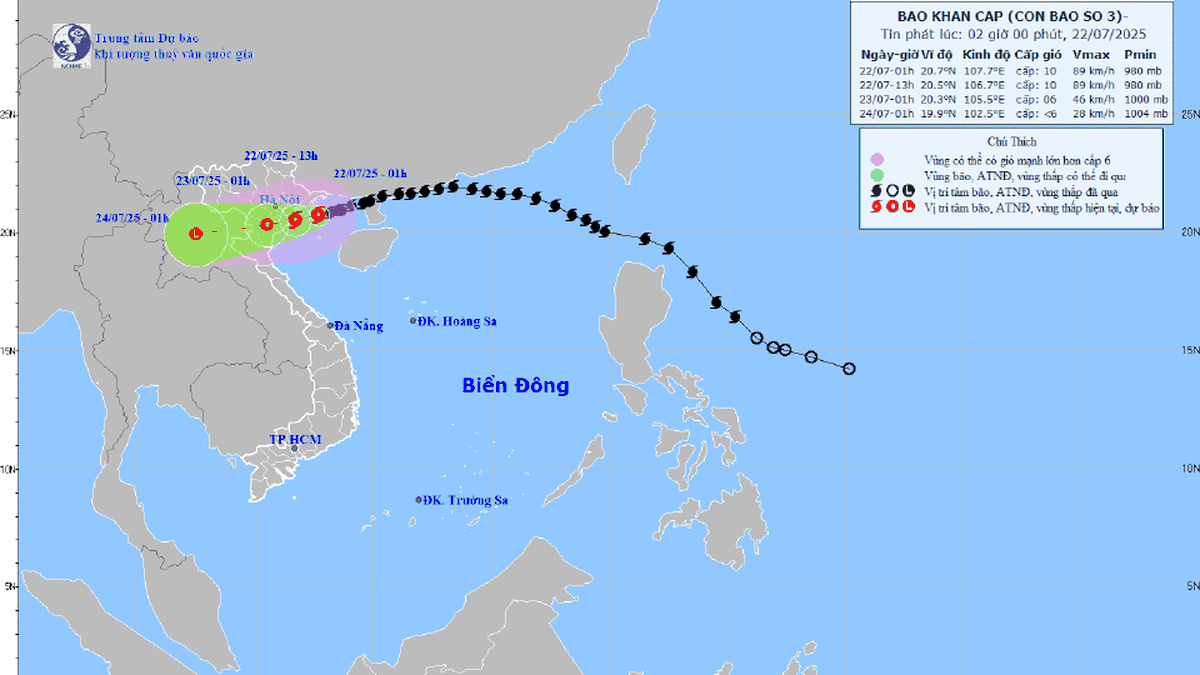

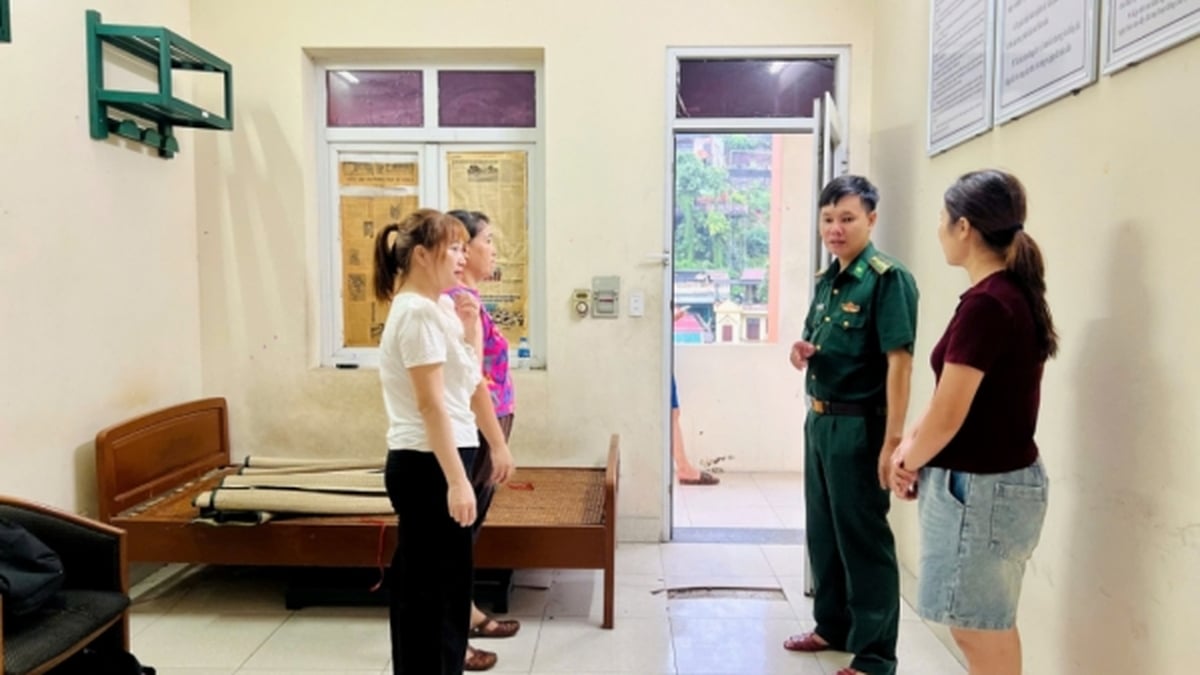

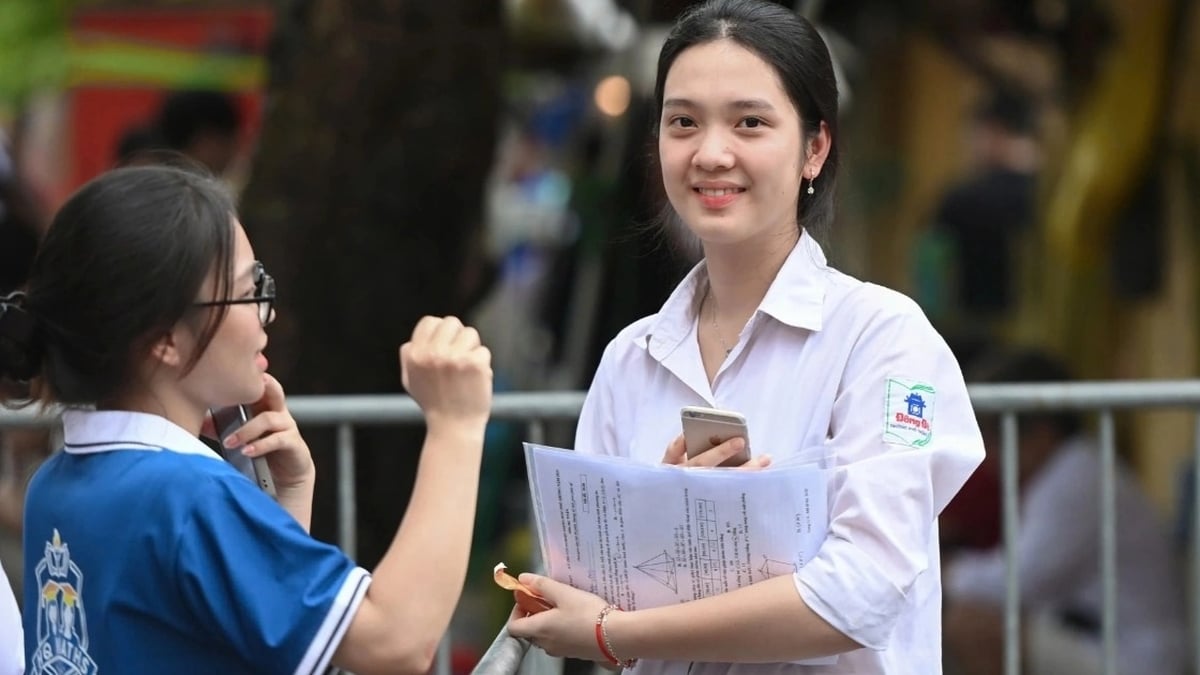
















![[Photo] National Assembly Chairman Tran Thanh Man visits Vietnamese Heroic Mother Ta Thi Tran](https://vphoto.vietnam.vn/thumb/1200x675/vietnam/resource/IMAGE/2025/7/20/765c0bd057dd44ad83ab89fe0255b783)



















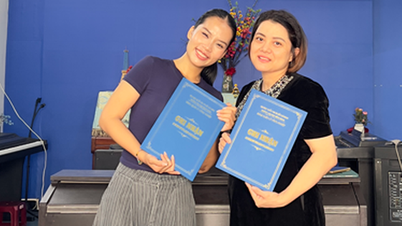


















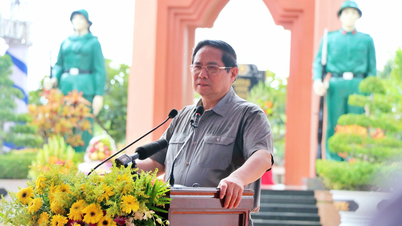
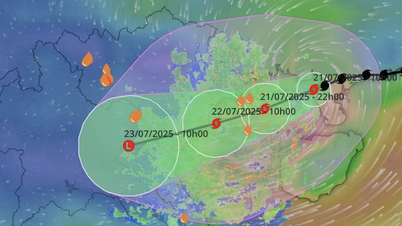




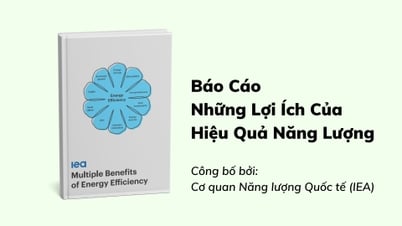

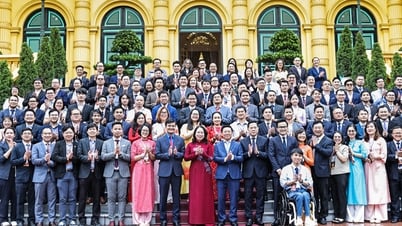























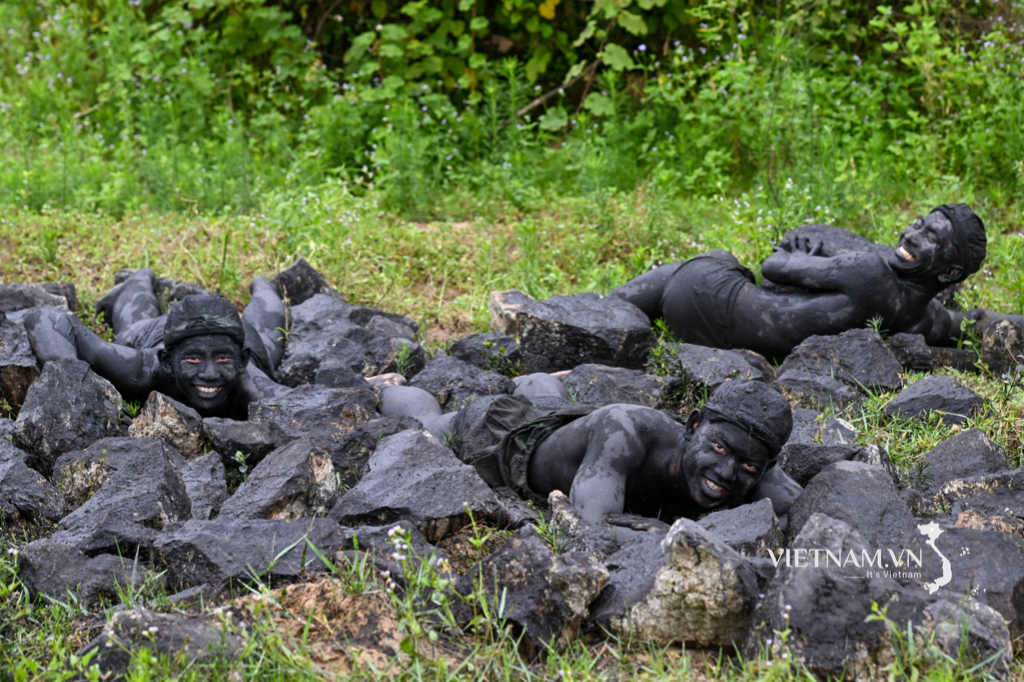
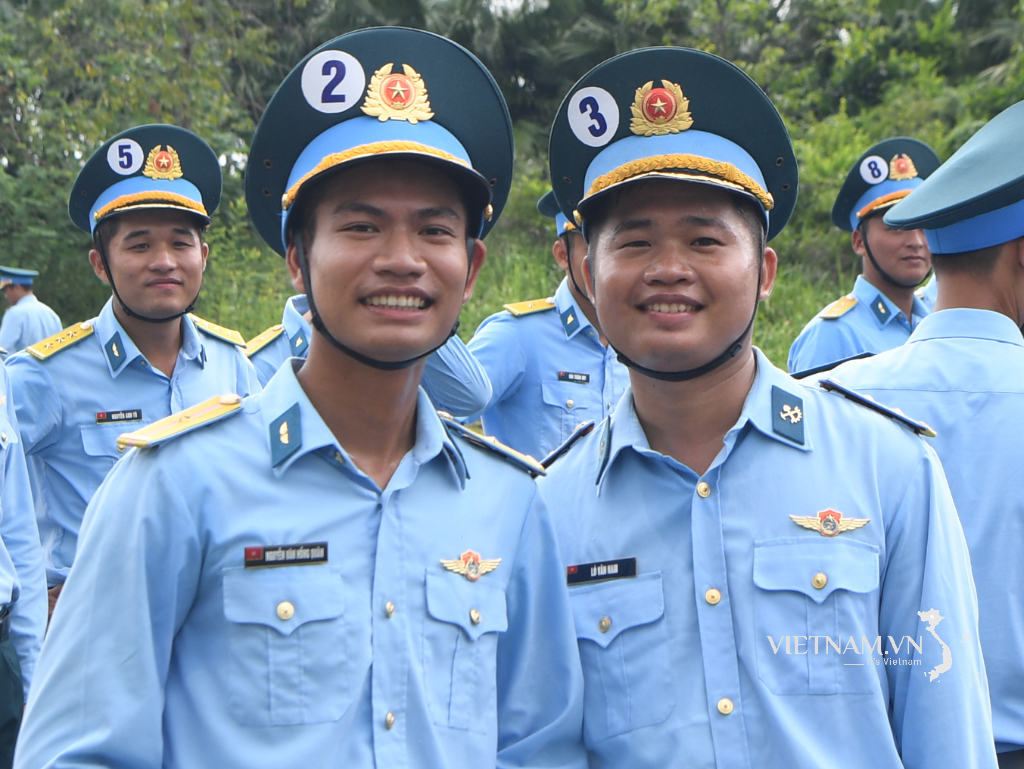
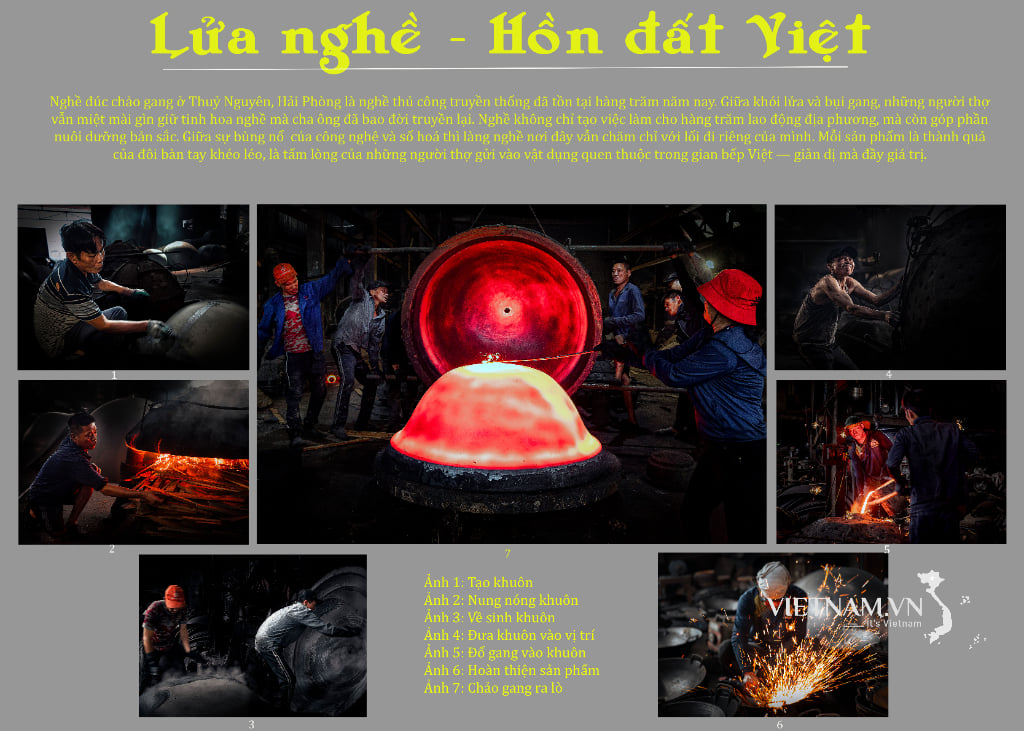

Comment (0)